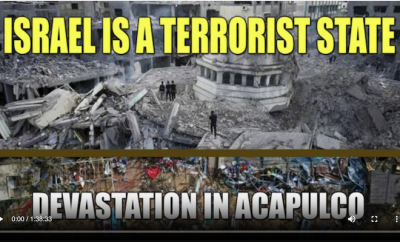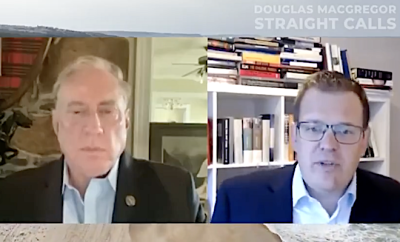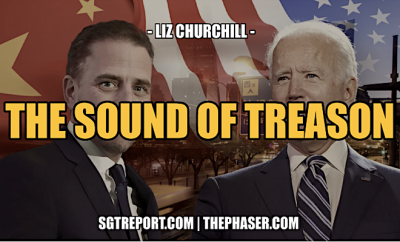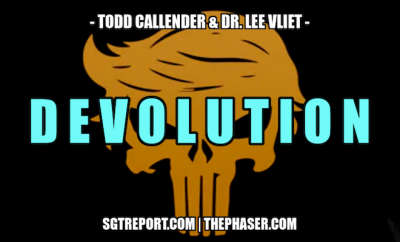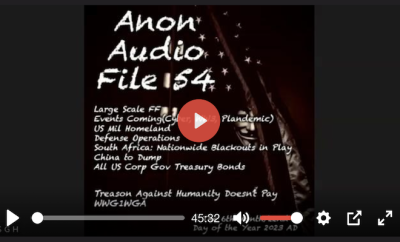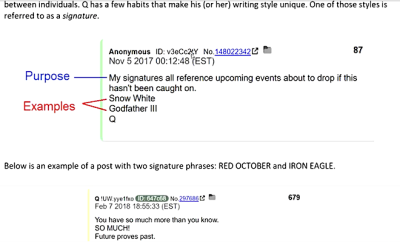 NEO
NEO
Featured
Minsk II: Derailed Before the Ink Was Dry
by
When the Minsk II agreement was officially announced on February 12, 2015, there was, for the first time in many months, a real belief that a cessation of hostilities was at the very least possible, if only conceptually. It seemed that the parties to the conflict finally had a framework within which they could move toward a peaceful settlement to end the dreadful war that has claimed the lives of thousands of innocent civilians in Donetsk, Lugansk, and surrounding areas. But perhaps this was simply wishful thinking.
While the “Normandy 4” (France, Germany, Russia, and Ukraine) were negotiating the terms of the agreement, developments on the ground in Donetsk and Lugansk told quite a different story. Ukrainian forces continued their criminal shelling of civilians in Donetsk, while the anti-Kiev rebels continued sporadic fighting around Debaltsevo. Of course a war is always messy, and one cannot expect fighting to halt, or even necessarily decrease, while political leaders sit around the table.
But the continuation of military hostilities was not the only issue. Rather, actions taken by Kiev’s military and fascist paramilitaries, in addition to their patrons in Washington, demonstrated that, rather than peace, the US-Kiev faction was interested in escalation.
But how is this possible considering the string of defeats the Ukrainian military suffered at the hand of the rebels? Simple. Under the cover of media darkness cast by the shadow of the Minsk talks, the US and Kiev quietly connived to escalate the war and, simultaneously, violate multiple key provisions of the agreement. In effect, Minsk II was null and void the moment the clock struck midnight on Sunday February 15, 2015, the appointed time at which the agreement allegedly took effect.
Minsk II: Dead on Arrival
Although everyone was (and is) hopeful that the Minsk II agreement will lead to at least a temporary peace, the inescapable reality is that it is a political document designed for public relations, rather than a true agreement between equal parties. Moreover, Minsk II should be understood as the “peace” side of the Tolstoyan war and peace coin – a seemingly contradictory, but in fact quite complimentary, two-pronged approach taken by the US and its puppet regime in Kiev.
On one level, the strategy is to bring negotiations front and center, highlighting the West’s so called “commitment to peace” as evidenced by the much vaunted jet-setting diplomacy of German Chancellor Angela Merkel. Indeed, Germany has much to lose given a continuation, and likely expansion, of the war in Ukraine; many in the German establishment correctly interpret the conflict as a proxy war between Washington and Moscow, a war in which Washington stands everything to gain, and Berlin everything to lose.
And so, the view from Berlin was that Europe had gambled on Ukraine and lost, and that conciliatory negotiations had become paramount both to ease tensions with Russia, and to pull Europe back from the brink of a wider, and far more dangerous war. However, at the very moment that Merkel was seated across the table from Putin in Minsk, her partners in Washington were pursuing a decidedly different, and much more aggressive and dangerous policy.

